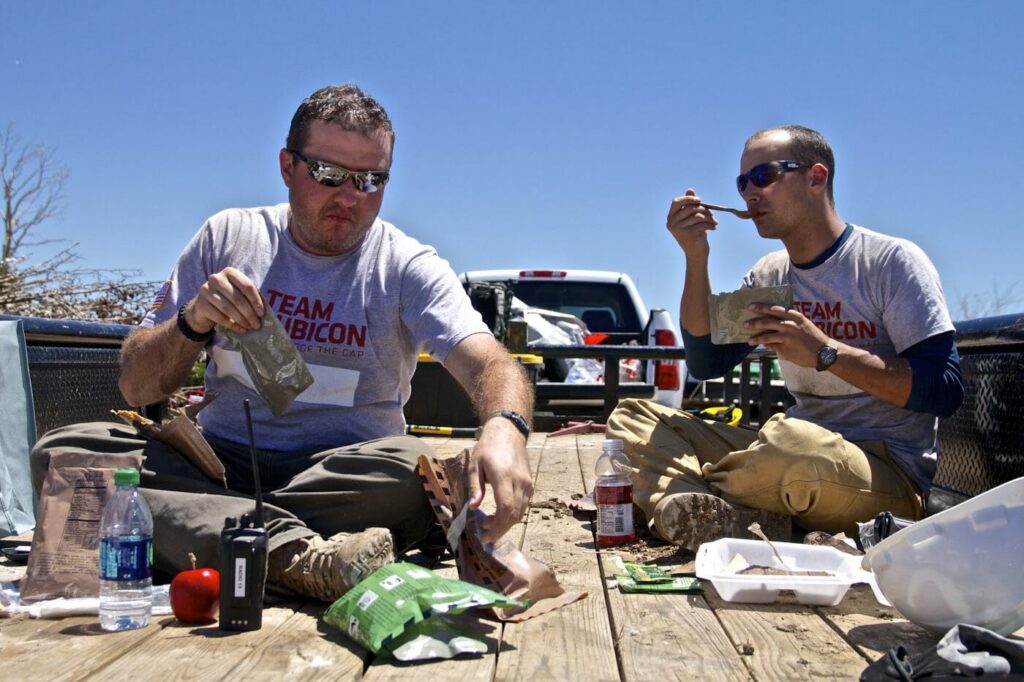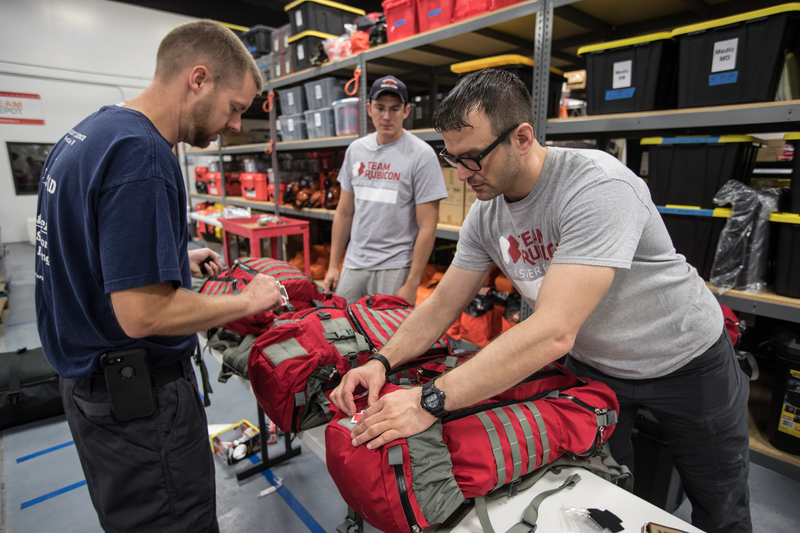As Mother Nature starts to pick up the pace this hurricane season, we wanted to share some information to keep you safe. The key to safety during storm season is to be prepared and ready to act when the time is right. Hurricanes are strong life-threatening storms that can produce severe damage, flooding, storm surges, high winds, and tornadoes. This list of essential items and steps can help keep you, your family, and friends safe.
Do you have an emergency kit ready to go? It’s always best to keep an emergency kit in your home and vehicle when disaster strikes. Here’s a short list of essential items.
- Important Documents – Make sure you have copies of banking information, deeds, insurance documents, and personal identification in sealed plastic bags.
- Water – One gallon of water per person per day for at least three days. If you have room, store a little more. Doesn’t hurt to be extra prepared.
- Food – Non-perishable food items will be your best friend.
- Canned tuna, salmon, chicken, or turkey
- Canned vegetables, such as green beans, carrots, and peas
- Canned soups and chili
- Granola and power bars
- Individually packaged cereal
- Peanut butter
- Crackers

- First Aid Kit – Be sure to include medication alongside your bandages, plasters, sterile gauze dressings, and other items for wound care.
- Gadgets
- Batteries
- Flashlight
- Radio
- Whistle
- Can opener
- Tools – wrench and pliers could come in handy.
- Duck tape
- Toiletries – Items for hygiene and sanitation like toilet paper, moist towelettes, garbage bags, and hand sanitizer will be helpful.
- Communication – Make sure you have a phone, charger, and contact information for local authorities and emergency services.
- Navigation – You’ll need to go old school with this one and find a local map and make sure to highlight local landmarks.
It doesn’t hurt to add a few more items you think are necessary. Just keep in mind that the more you add, the heavier this kit will be. A pro-tip is to make a few small kits built for each member of your family.

Now that your kit is ready to go, you’ll need to get your house ready to withstand potential damage. If you don’t have shutters, use some plywood to get your windows secure. Measure and label the plywood to get it ready for future installation. Remember to trim your trees and remove any dead or dying tree branches. Also, make a list of all the loose items around your property that you may need to secure before a storm. This will make immediate hurricane preparation a breeze.
Finally, everyone needs to be prepared for the unexpected. Your friends and family may not be together when disaster strikes. Do you know how you’ll find each other? FEMA provides a solid communication plan and emergency strategy information for anyone to use. Take time to work on this plan with your family so everyone knows what steps to take if and when a disaster strikes.



